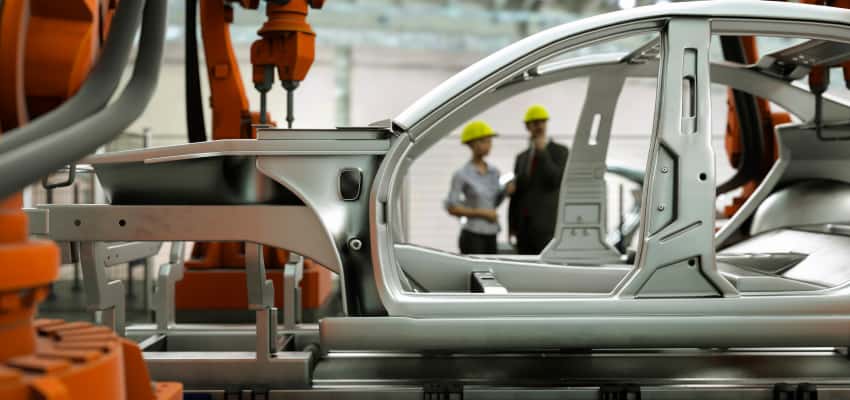汽车

In recent years, the automotive industry has turned to plastic components as a means of reducing weight and increasing fuel efficiency. However, this shift towards plastic has also raised concerns about waste and environmental impact. In this article, we will explore the use of plastics in the automotive industry and how it can be managed to reduce waste.
The push towards lightweighting has become a primary focus in the automotive industry, as it can lead to significant improvements in fuel efficiency. In this context, plastics have emerged as a suitable replacement for traditional materials such as metal and glass. Plastic components, such as bumpers, panels, and dashboards, are much lighter than their metal counterparts, and they also offer a higher degree of design flexibility.
Reducing Waste

The use of plastic in the automotive industry has raised concerns about waste and environmental impact. To address this issue, manufacturers have started using recycled plastics, which can be sourced from a variety of waste streams, including post-consumer waste and end-of-life vehicles. Recycled plastic has the same properties as virgin plastic, but its production requires less energy and produces less waste.
Furthermore, manufacturers have also started implementing closed-loop 再循环 systems, where plastic waste generated during the production process is collected, sorted, and recycled back into the production process. This approach reduces waste and the need for virgin plastic, ultimately leading to a more sustainable manufacturing process.
Another way to reduce waste is by designing plastic components for disassembly. Designing for disassembly means that components are designed to be easily taken apart at the end of the vehicle’s life, allowing for easier recycling or reuse. This approach can extend the life of plastic components and reduce waste generation.
End-of-Life Management

End-of-life management of plastic components is critical to reducing waste in the automotive industry. Currently, most plastic components end up in landfills or incinerators, contributing to environmental pollution. However, initiatives such as the EU End-of-Life Vehicle Directive require manufacturers to take responsibility for the end-of-life management of their products. Manufacturers must ensure that plastic components are appropriately disposed of, recycled, or reused at the end of their life.
结论
Plastics have become an essential component in the automotive industry’s push towards lightweighting and increased fuel efficiency. However, the use of plastic has raised concerns about waste and environmental impact. To address these issues, manufacturers are adopting closed-loop recycling systems, designing components for disassembly, and implementing end-of-life management systems. By managing plastics effectively, the automotive industry can reduce waste, increase efficiency, and promote sustainability.
